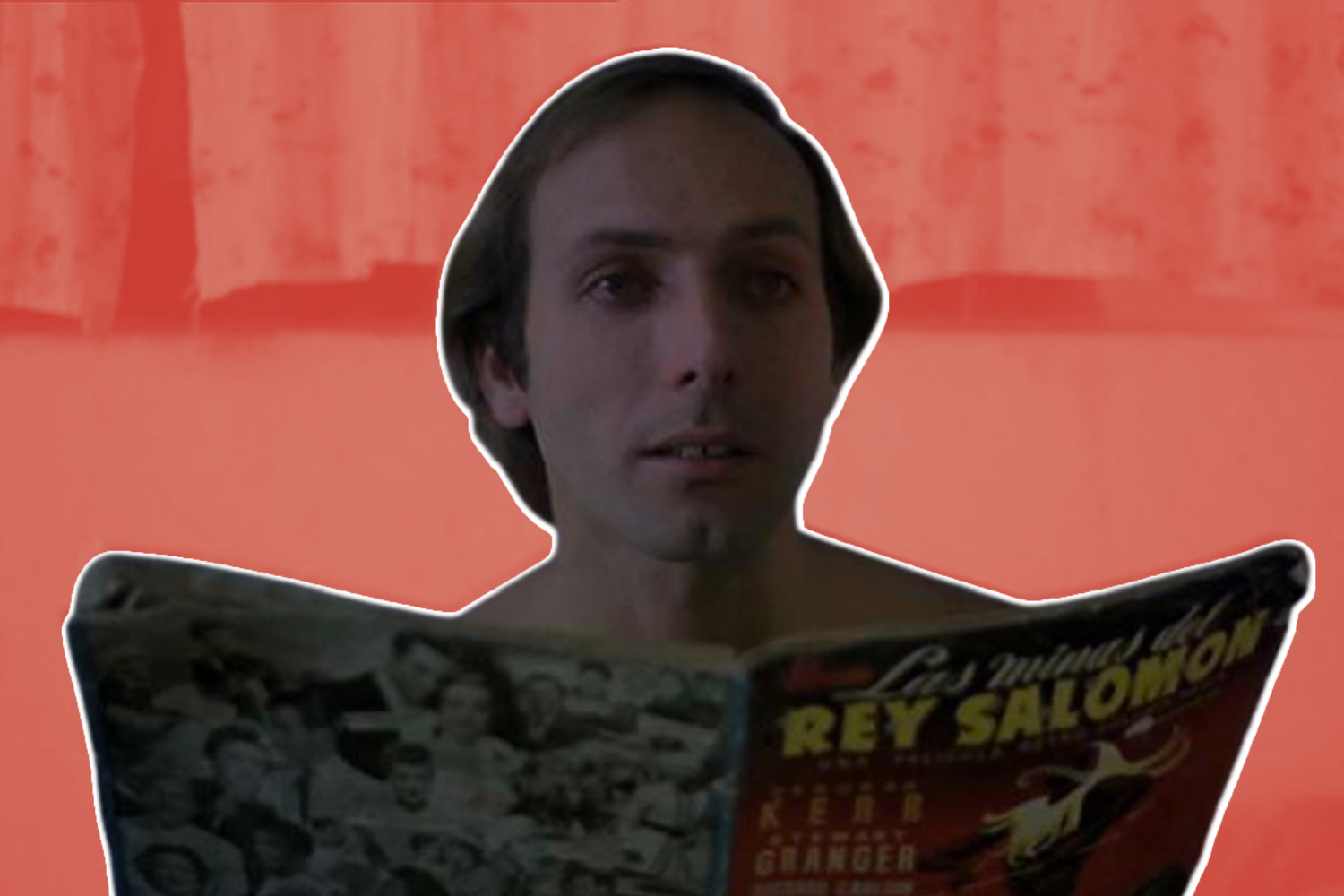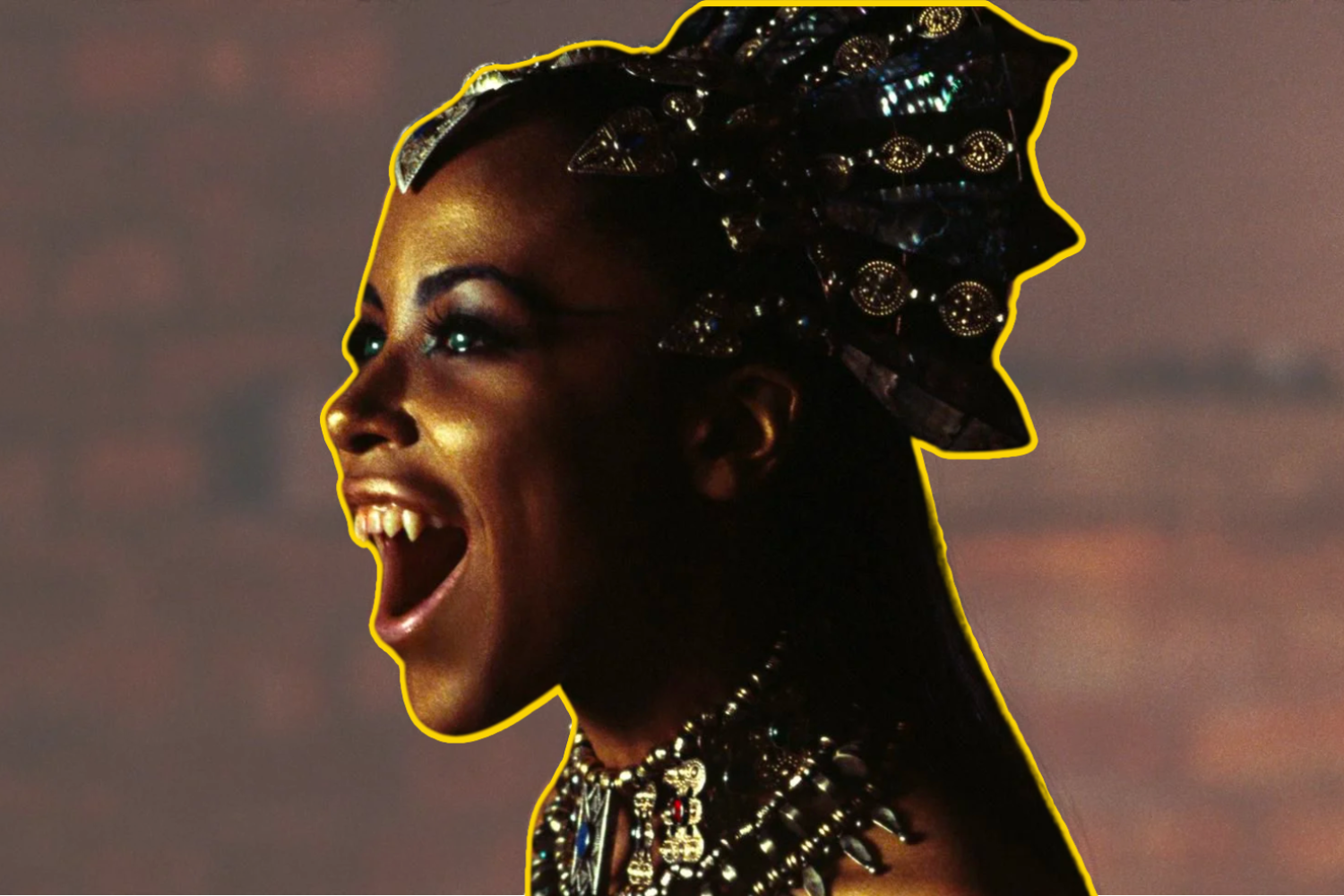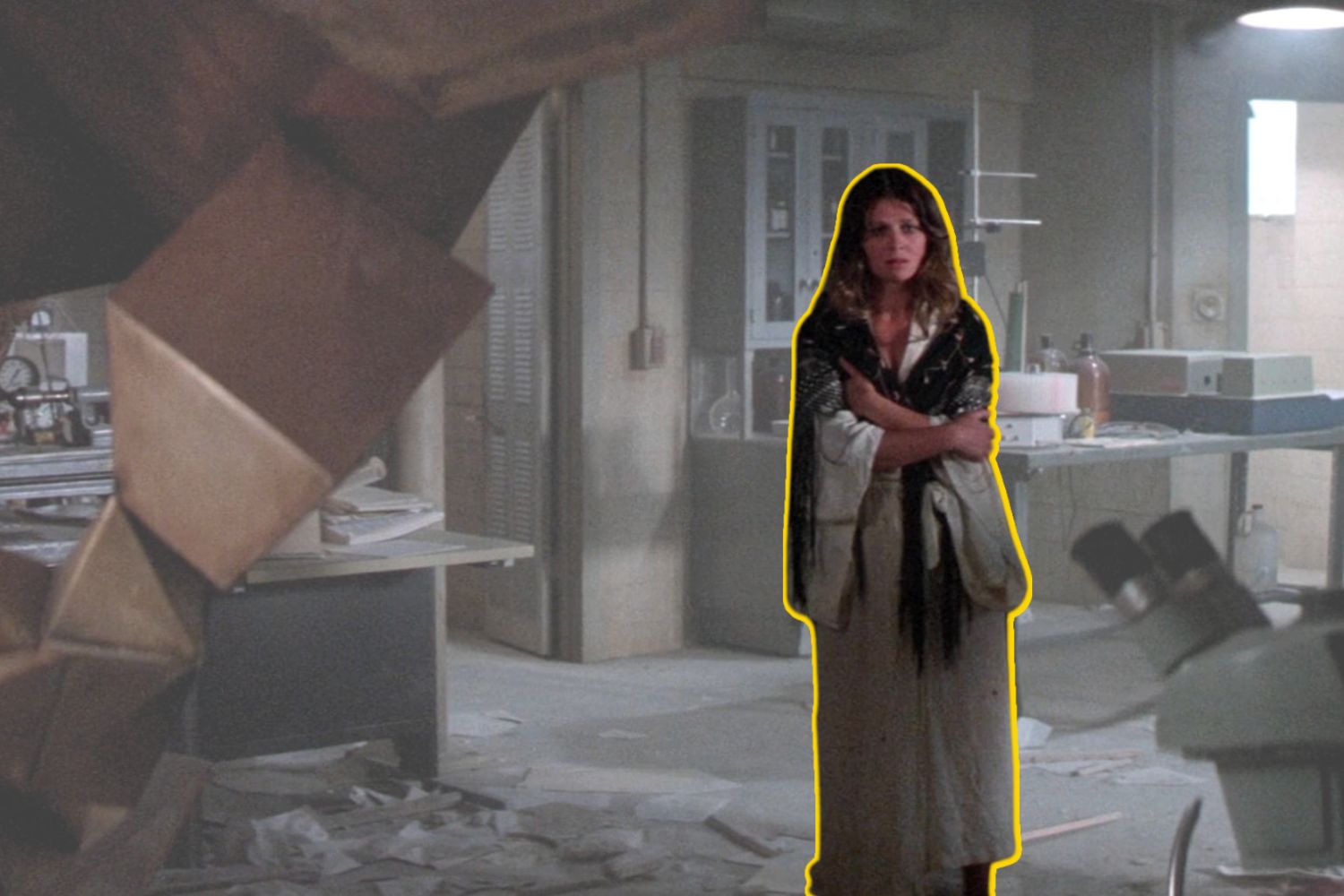Editorials
Blood is the Drug: Addiction and Vampirism in the Spanish Cult Horror ‘Arrebato’
March 11th, 2022 | By Kayleigh Donaldson

Vampirism can mean anything you want it to – such is the malleability of its potential for metaphor. While plenty of films have taken advantage of this, it’s more common to see vampire stories focus on the two constants of humanity: sex and death. For the late Iván Zulueta, however, his vampiric interpretations hit much closer to home.
An artist whose film school dreams were crushed by the censorship of the Francoist state, Zulueta eventually found his way to cinema through experimentation with pre-existing film material. Over the following decade, he would emerge as a key figure of underground Spanish cinema. Alongside his friend Pedro Almodóvar, for whom he designed many of his early film posters, they were seen as pioneering figures of the early post-Franco art scene. But while Almodóvar went on to become a major mainstream hit with international acclaim, Zulueta was hindered by heroin addiction. Before his problems with drugs became incapacitating, he directed his most famous film, Arrebato.
Initially set to be shot over 15 days, the production fell into disarray as the budget ballooned and the director and his team continued to use heroin. While Almodóvar would later call the film a masterpiece, it struggled commercially in Spain and was seen as a near-mythic cult movie to American horror fans for decades. Now that the film has received a 4K restoration, courtesy of Altered Innocence, its long-discussed secrets can be fully revealed.
The film’s hero, if he could ever be truly described as such, is José Sirgado (Eusebio Poncela), a semi-reclusive director of schlocky horror whose current project, a cheap and cliche-ridden vampire movie, is going off the rails. He and his girlfriend (Cecilia Roth, long before she was one of Almodovar’s muses) shoot heroin and languish in their own filth most of the time. José is awoken from his stupor when he receives a reel of film and audio cassette from Pedro (Will More), an obsessive fellow addict who endlessly films home movies for himself. Despite having only met him twice, Pedro reveals to José the horrors that his camera has captured, one as dangerous and addictive as the drug they snort and inject with abandon.
The term “vampire” is never used in Arrebato, nor do any of the characters grow fangs and start sucking blood. Yet it’s impossible to overlook how vampiric the entire narrative is. Addiction and vampirism go hand in hand, with the smothering cravings for blood being an easy parallel to the destructive force of drug or alcohol dependency. Abel Ferrara touched upon similar territory in The Addiction, with those infected by vampirism injecting blood into their veins as their bodies slowly degrade. That film, however, was more involved with the philosophical quandaries of humanity and nihilism. Arrebato is grimmer, grimier, and altogether less concerned with eloquence.
When Pedro is given a device to help him control the frame rate of his 16mm camera, he finds that the camera turns itself on and films him at night. But each time he develops the film he finds that images of him are slowly vanishing and being replaced by a strange red light. Curious, Pedro allows the camera to film him multiple times as he sleeps, but later finds that if he doesn’t continue this pattern, he experiences symptoms eerily identical to heroin withdrawal.
The film feels like the cinematic encapsulation of heroin, seedy and inescapable in its thrall. There’s no glamour to this life. Everyone looks pale, dark-eyed, and as worn out as the film stock Arrebato seems to have been shot on. Zulueta used a strange collage of different film stocks and speeds to convey the disorienting sensation not only of addiction, but of the uncanny nature of a life lived on camera. Pedro’s voiceover often sounds like it’s coming from a different reality. Scenes of the characters shooting heroin feel disconcertingly real, much like the rest of the film even as it descends into the supernatural (rumors persisted for decades that the actors genuinely shot up for the cameras).
The vampiric qualities of heroin speak for themselves in Arrebato but perhaps the most parasitic quality is film itself. The camera devours Pedro and his friends as much as the drugs, alternating between numbing them to the world and heightening their senses to viscerally powerful levels. The more removed Pedro gets from cinematic sobriety, the more trapped he feels by its addictive power. When the hallucinogenic styling clears, it’s like a hangover moment for the audience, as shaky as it must be for Pedro.
It’s not just Pedro’s camera that has this magnetic pull. José is introduced as desperately trying to cut his cheap horror film into something with legitimacy, poring over each frame in the hopes of finding the right way to conclude his tale. Later, we see him driving through the streets of Madrid, passing various cinemas screening newly imported Hollywood titles like Superman, Bambi, and Quo Vadis. Even before we see him take drugs, the hallucinogenic promise of film is evident. Many a film lover can relate on some level: haven’t we all felt the hypnotic pull of the medium, turned to it to escape the real world? José declares at one point, “I don’t love cinema, cinema loves me.”
Like heroin, cinema is undiscriminating. Here, it takes and takes, and its promises soon dwindle to naught. Both José and Pedro seek a new kind of euphoria through the camera, even as it becomes clear that there is nothing good to be found through this lens. There won’t even be a final product left behind for future generations to appreciate, as Pedro’s camera leaves little behind on film besides that ominous red light, its own warning sign to curious voyeurs. Film, drugs, life: all of it is destined to fall into oblivion. Is it all worth it to die for cinema? Arrebato hints that it might be, if only because there isn’t much else to choose from.
Zulueta died in 2009, almost three decades after Arrebato, his final feature film, was released. While the final product was seen as too much for audiences still shaking off the conservative blinders of dictatorial rule, Arrebato is as much an artistic revival as the technicolor mania of Almodóvar. Sex, drugs, and art weren’t just cool again, they were important, and Zulueta knew that their combined powers proved enticing to the masses for a reason. The consequences, however, came with their own unique kind of appeal.
Visit our Editorials page for more articles like this. Ready to support more original horror criticism? Join the Certified Forgotten Patreon community today.



